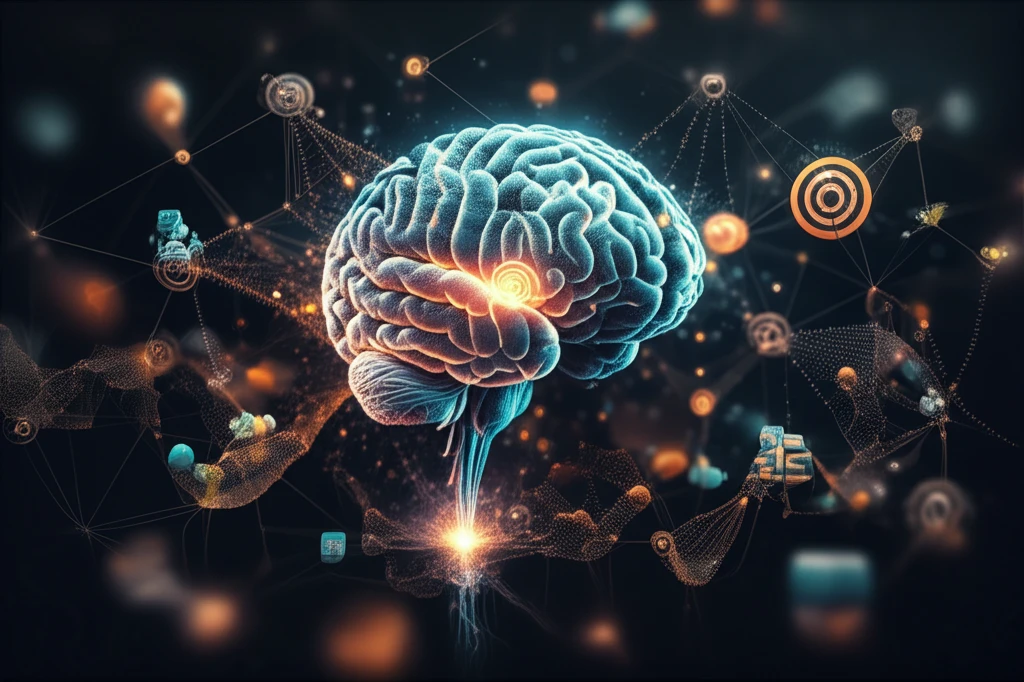
Smart Nanoparticles: A New Hope for Beating Brain Tumors?
"Scientists are exploring how modified natural high-density lipoprotein (HDL) particles can target and deliver drugs to brain tumors more effectively."
Glioblastoma, an aggressive type of brain cancer, poses a significant challenge to modern medicine. Despite advances in surgical techniques, chemotherapy often falls short due to the blood-brain barrier (BBB), which prevents many drugs from reaching the tumor effectively. This barrier, along with the blood-brain tumor barrier (BBTB), necessitates innovative drug delivery systems that can navigate these obstacles and precisely target cancer cells.
Researchers are turning to nanomedicine for solutions. High-density lipoprotein (HDL) particles, known for their role in cholesterol transport, are being explored as potential drug carriers. These nanoparticles can be modified to cross the BBB and BBTB, offering a more direct route to tumor cells. Scientists are investigating dual-modified HDL particles that combine two targeting ligands to enhance their ability to reach and affect glioma cells.
This approach involves modifying natural HDL with specific peptides like T7 and dA7R, which bind to receptors on both the BBB and glioma cells. By combining these modifications, researchers aim to create a drug delivery system that not only penetrates the brain but also specifically targets the tumor, improving treatment outcomes and reducing side effects.
Targeting Tumors with Dual-Modified HDL Particles

The study published in Drug Delivery explores a novel method using dual-modified natural high-density lipoprotein (HDL) particles to deliver drugs directly to glioma cells. The researchers modified HDL with two targeting ligands: T7, a peptide that binds to transferrin receptors (TfR) on the blood-brain barrier (BBB) and glioma cells, and dA7R, a D-peptide ligand that targets vascular endothelial growth factor receptor 2 (VEGFR2), which is overexpressed in tumor angiogenesis. By combining these two ligands, the modified HDL particles can effectively cross the BBB and target glioma cells.
- Natural compatibility and longer circulation in the body.
- Small particle size for better diffusion.
- Lipid core suitable for carrying hydrophobic drugs.
- Potential for dual modification to target specific receptors.
The Future of Targeted Brain Cancer Therapies
This research highlights the potential of dual-modified HDL particles as a promising strategy for treating glioblastoma. By effectively crossing the BBB and specifically targeting glioma cells, these nanocarriers offer a more precise and efficient method of drug delivery. Further studies are needed to fully understand the mechanisms of targeted delivery and explore the application of T7/A7R-HDL in clinical settings. However, the initial findings suggest a significant step forward in developing more effective and less toxic treatments for brain tumors.
